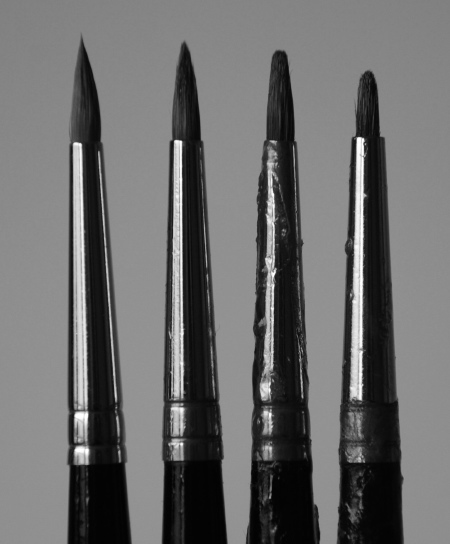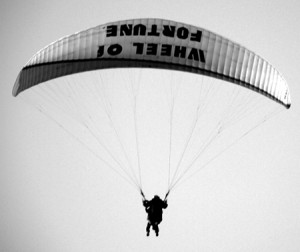
Tittle: Rebirth Net
Size: 76×61 cm
Medium: Oil on canvas
a multi-disciplinary dialog

Tittle: Rebirth Net
Size: 76×61 cm
Medium: Oil on canvas
The weather is been fantastically good, so in order to give an art lesson outdoors to the kids and enjoy the sunshine, I have taken them outside in the school playground/pound area for painting.

By dipping a paintbrush in the water pound, and mixing it with soil, you can create beautiful earthy shades, pretty much the same principle as watercolour.
By breaking grass and smudge it on paper you can make a shade of green, and by using a burned wood stick you can create some chalky black. Using only these natural pigmentations from nature you can create 100% organic art on recycled paper.


I have made two organic sketches, one that I prepared at home in my back garden and another one I used for a quick demonstration how it works for the kids.
Here are some of the results:

Age 9

Age9

Age9

Age 10
For more school art lessons check out my blog at Life of a Mother Artist
More to come…

Sometimes when I am painting with brushes that are a bit worn out, I have the feeling that it doesn’t matter so much if the tips are worn away. But then if I take a brand new brush and start using it, my whole perception of what is possible, what is acceptable, changes. I know that I shape my brushes through use, but I also have come to understand that my brushes shape me.
There is a widely used saying (it goes like this)
If your only tool is a hammer, everything looks like a nail.
which I think is very deep. I think that when we pick up a tool and use it a lot, it actually becomes a part of us from the brain’s point of view. It becomes part of us in a simulated physical sense, like a violinist’s bow becoming an extension of his right arm; and it also becomes part of our psychology, this perhaps in a less obvious way.
I’m coming back to blogging after being away for more than a year. When I got back into it, I noticed with amusement that I tend to phrase my thoughts in terms of blog posts or blog comments. A blog is a sort of tool, isn’t it?
I would like to hear your thoughts on this topic of being shaped by your tools. Do you believe it happens? What are your tools? How do they affect you? And finally, what are the implications of this? How should we select the tools that will shape us?
Also by Karl:

UPDATE!
What I am really wondering here is,
Every artist has a relationship with at least one dealer — even if it is only a one-sided voyeuristic relationship. So it is relevant to ask:
Are they all going to go bust?
And if so, what happens to us? Do we need the dealers, or is the Fall of the Art World (as we know it) the best thing that could possibly happen?
On the one hand, the idea of cataclysmic change is always interesting, especially if it is happening to someone else. On the other hand, if you have been cultivating good relationships with dealers over the course of years, as Hanneke and I have, then the prospect of these people going out of business is pretty distressing. Distressing from an economic standpoint, not to mention from a personal one, since dealers can be pretty nice once you get to know them.
But it certainly does not look good. The New York Times paints a grim picture of the current art market:
Auction houses have begun to report sales that are less than half their level a year ago. In November 2007, the Christie’s evening sale of postwar contemporary art in New York totaled nearly $325 million; in 2008, the same sale brought in just $113 million. A share of Sotheby’s stock, which peaked above $50 in late 2007, now trades in the $6 range. . . the prices of work by young artists . . . are falling like bank stocks.
“Pattern and Decoration” (P&D) is the name of an art movement that had its moment of visibility in the post-modern pluralism of the 1970’s and 1980’s. Its practitioners include Valerie Jaudon, Miriam Schapiro, Joyce Kozloff, Kim MacConnel, Tony Robbin, Robert Kushner, Robert Zakanitch, and many others. P&D often serves as an unheralded theoretical base for the quilted arts that I am familiar with.
Robert Zakanitch, Red Watercolor, 34 x 36, 2007
Pattern and Decoration: An Ideal Vision in American Art, 1975 –1985 is the printed catalogue of an exhibit held at the Hudson River Museum in 2007 -2008. The catalogue has excellent essays by Anne Swartz, Arthur Danto, Temma Balducci, and John Perreault, as well as including short biographies of the artists and plates of the exhibited art. Most of the words which follow come from the catalogue.
Pine Creek Gorge, photo from Wikipedia Commons, Commons licensing
I have been violating one of my basic principles. I have, gasp, been painting from photographs.
Pine Creek Gorge 2, 12 x 16″ Oil on board, 2008